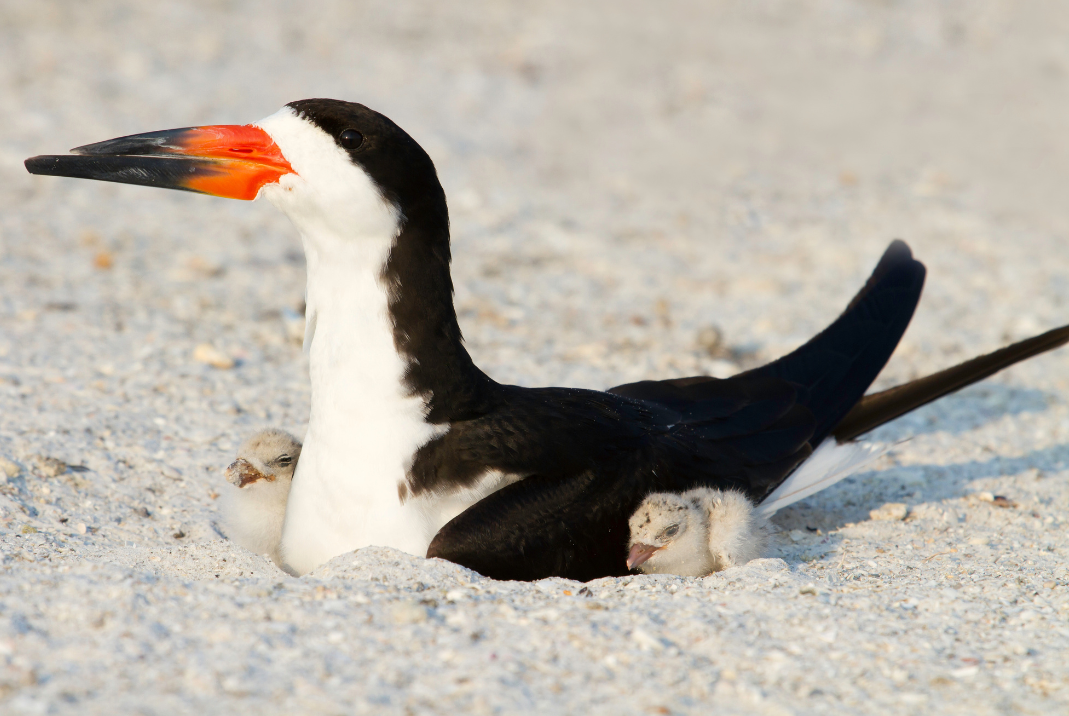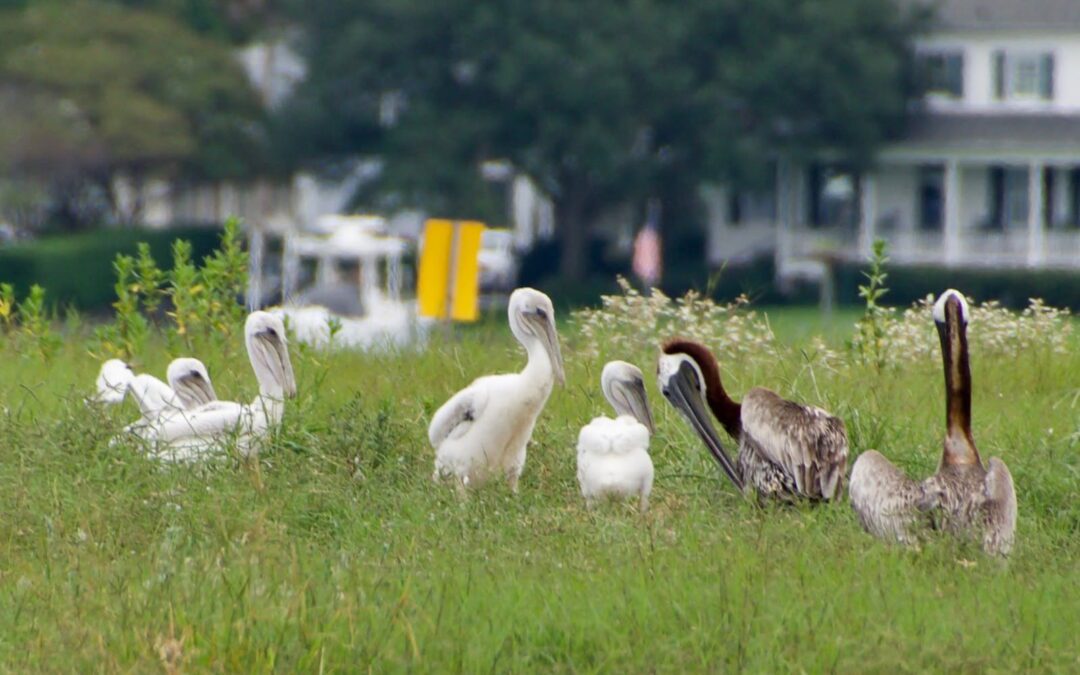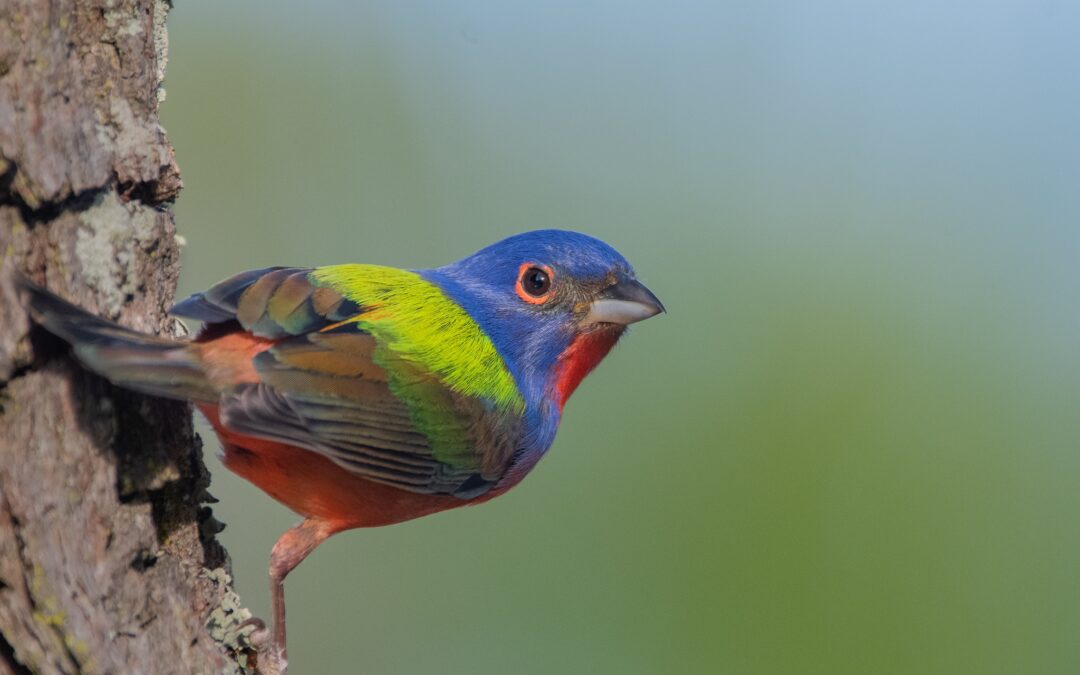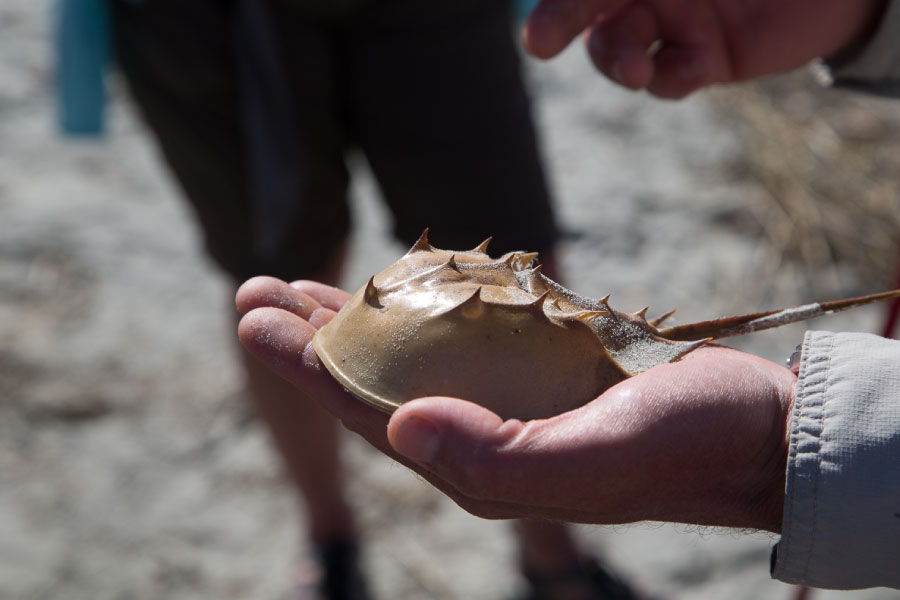GUIDEPOSTS
How to Be a Good Steward on South Carolina’s Wild Beaches
When you step onto places like Cape Romain National Wildlife Refuge, St. Phillips Island, or Hunting Island State Park, you’re not just visiting a beach—you’re entering a living, breathing ecosystem where every footprint can make a difference.
These wild beaches are home to some of the most important nesting grounds on the entire East Coast. In fact, more than half of South Carolina’s coastal bird nesting happens within just 22 miles of shoreline in Cape Romain National Wildlife Refuge. It’s an incredible concentration of life—and an incredible responsibility.
Right now, thousands of nests are tucked into the sand: some marked and visible, but many completely hidden, camouflaged so perfectly that even experienced biologists have to look twice. At the same time, adult birds—like least terns, American oystercatchers, Wilson’s plovers, and the iconic brown pelican—are raising their chicks or guarding their eggs.
It only takes a few minutes away from their nests for eggs and chicks to overheat or fall prey to predators. On a South Carolina summer day, the sand can get dangerously hot fast. That’s why it’s so important that we all work together to minimize disturbance.

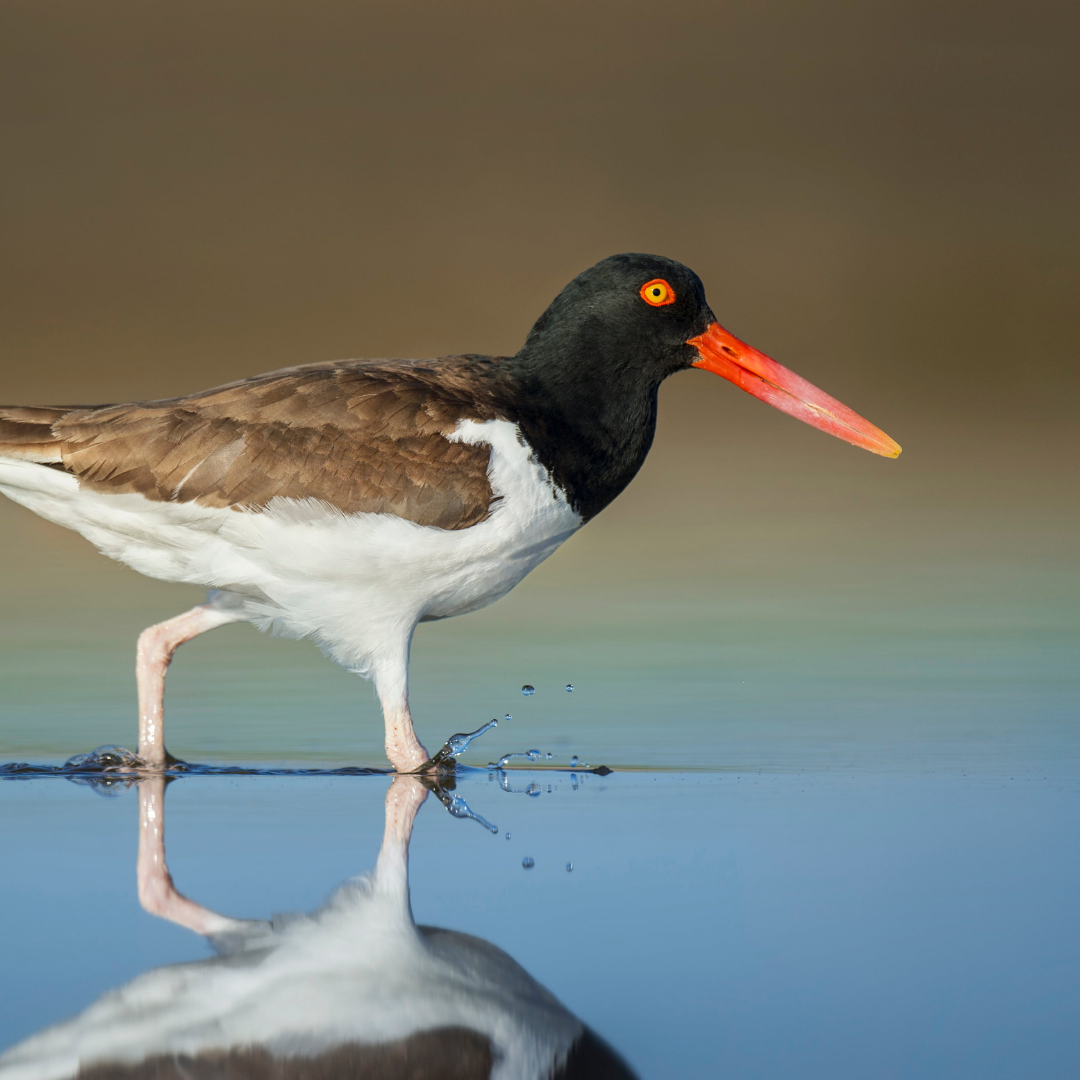
1. Stay Out of Marked Areas
If you see areas roped off with signs or string, please respect them. These areas are critical nesting zones for seabirds, shorebirds, and sea turtles. Even if you don’t see birds or nests right away, trust that there’s life hidden there.
2. Give Resting Birds a Wide Berth
If you see birds resting on the beach, walk well around them—far enough that they stay relaxed and don’t fly away. If birds take flight because of you, it’s called “flushing,” and it’s something we want to avoid. Every extra flight costs them energy they need for nesting and raising their chicks.
3. Stay Out of the Dunes
Dunes are more than just pretty scenery—they are vital habitat for wildlife and protect nesting sites from predators and storms. Plus, walking on dunes damages the plants that hold them together.
4. Pack Out Everything You Pack In
Trash, even small bits like food wrappers or fishing line, can harm or kill wildlife. Leave no trace and help keep these places wild for generations to come.
A few fast facts about South Carolina’s 2024 nesting season:
-
Over 9,000 brown pelican nests were recorded, with the vast majority at Cape Romain.
-
Wilson’s plovers are having a strong year, but remain vulnerable to disturbance.
-
Black skimmers are nesting in especially fragile colonies close to the waterline.
If you’d like to know more, South Carolina Department of Natural Resources has published a comprehensive report
When you join a Beach Drop or other tour with us, you’re not just getting a day of adventure—you’re becoming part of a community that cares for these rare, beautiful places. Thank you for being a good steward of the wild beaches of South Carolina!
We can’t wait to see you out there.
